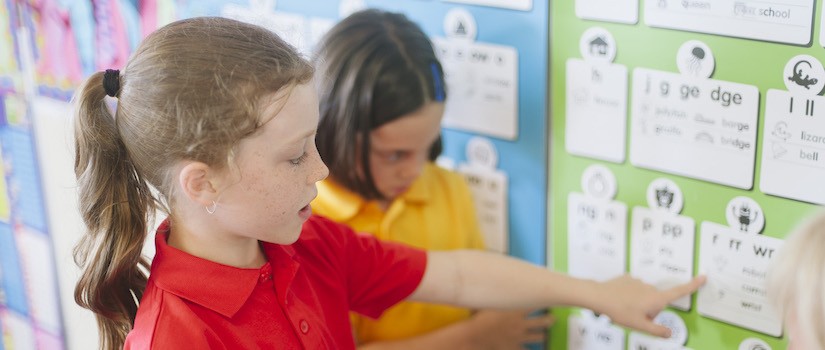Articles & Videos
Speech Pathology and Sound Waves Literacy
Categories
Subscribe to our newsletters
Receive teaching resources and tips, exclusive special offers, useful product information and more!
Speech Pathology and Sound Waves Literacy
Sound Waves Literacy 15/7/13

Every year, hundreds of children who have difficulty reading and spelling are referred to speech pathologists. Students are falling behind because they are being taught a traditional and difficult way to read and spell.
The way we learn to speak our language is through sounds – not letters, so the logical way to learn to read and spell our language is also through sounds. This is where the systematic synthetic phonics comes in. It teaches reading and spelling the same way we learn reading and spelling – through sounds.
Alison Clarke has been a speech pathologist for over 20 years and her company, Spelfabet, recognises the success of systematic synthetic phonics when teaching children to read and spell.
In her How Phonics Got Framed video, Alison explains that our brains have two sides and, put simply, the left side is more concerned with processing language while the right side processes images.
“Unless they’re taught not to, many beginning readers make the mistake of trying to process written words like they process pictures, on the right sides of their brains, instead of processing them as language, on the left,” she says.
Alison says this only works until about Year 2 when students hit a brick wall because they have run out of visual memory. They can’t go any farther unless they’re taught to process written words as sequences of spellings (graphemes) that represent speech sounds (phonemes).
Alison emphasises that teaching synthetic phonics is even more important down the track when we consider that our alphabet is made up of 26 letters and 44 sounds because every sound has more than one spelling and some spellings are shared by several sounds.
Synthetic phonics programs, such as Sound Waves Literacy, avoid this by replacing rote learning with strategies for reading, writing and spelling. It teaches students to segment words into their individual sounds and then explores the letters that represent these sounds and how they can be put together to form written words.
Megan Ingram recommends Sound Waves Literacy as a way to demystify the complex task of learning reading and spelling for your students. She is a Speech Pathologist at Peninsula Speech Pathology Services and has been using the Sound Waves program successfully to help her students with their reading and spelling.
“When working with students on developing their literacy skills we need a system which supports all the options for spelling when applying letters and sounds and Sound Waves Literacy gives us what we need,” she explains.